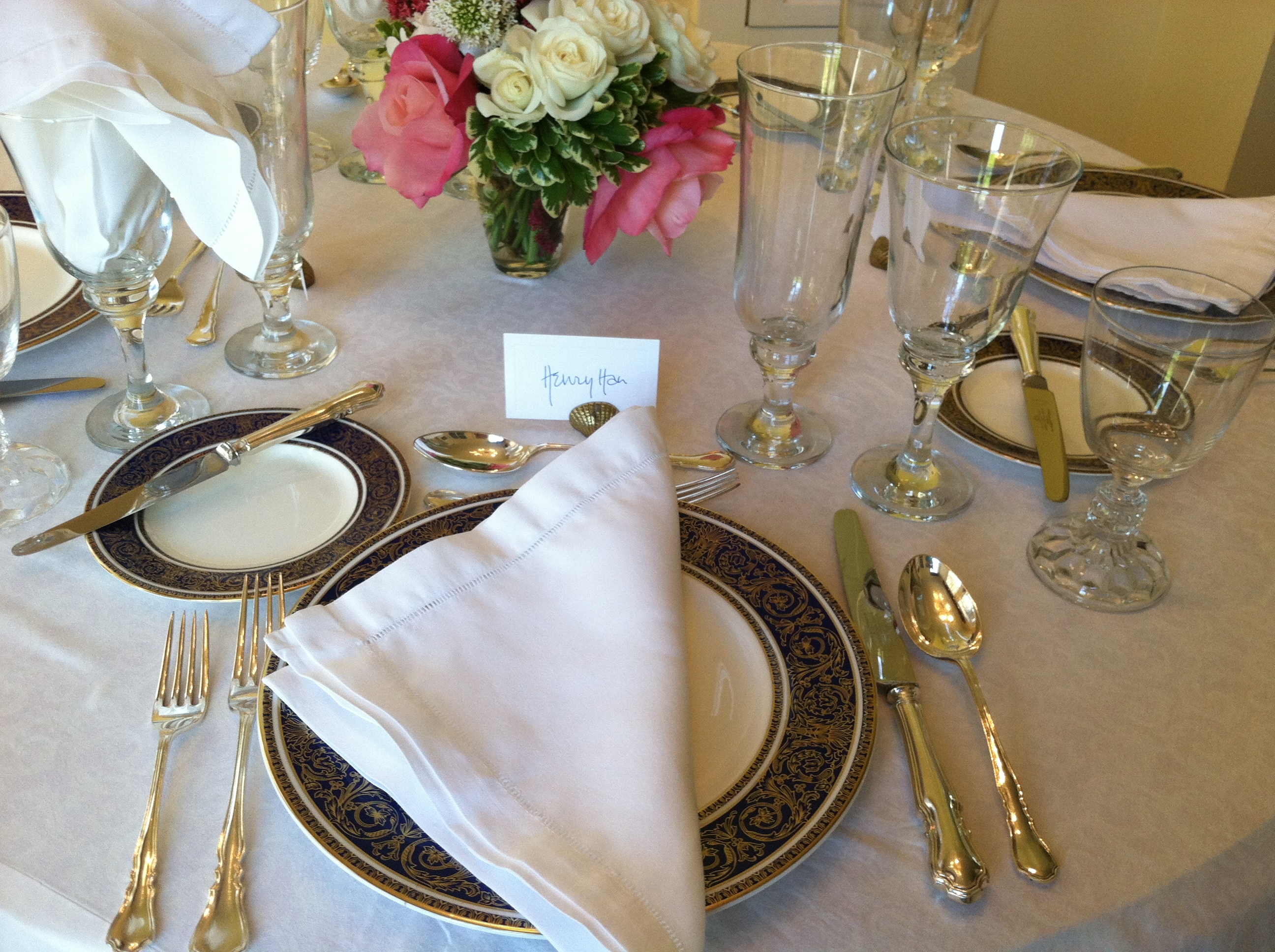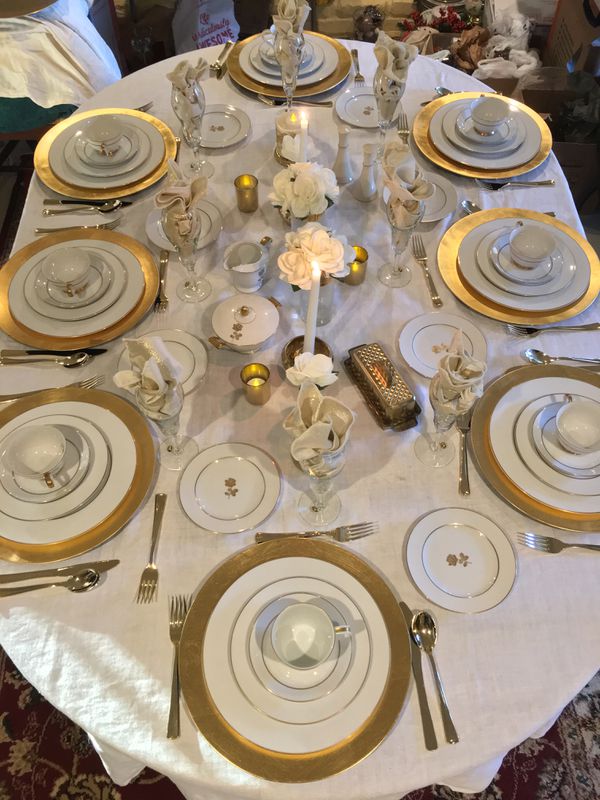
Special Occasion Table Setting in a Luxury Outdoor Restaurant Stock
Occasion setting as a learning process can be distinguished from simple conditioning in a number of ways (Fraser & Holland, 2019; Trask et al., 2017), though we will focus on the ones

(PDF) Occasion Setting of Timing Behavior
Occasion setting refers to the ability of 1 stimulus, an occasion setter, to modulate the efficacy of the association between another, conditioned stimulus (CS) and an unconditioned stimulus (US) or reinforcer. Occasion setters and simple CSs are readily distinguished. For example, occasion setters are relatively immune to extinction and counterconditioning, and their combination and transfer.

Free Images table, boat, glass, view, restaurant, celebration, meal
An occasion setter is a stimulus that modulates the ability of another stimulus to control behavior. A rich history of experimental investigation has identified several important properties that define occasion setters and the conditions that give rise to occasion setting.

Special Occasion setting; contrasting colors teal and terra cotta
Occasion setting plays a critical role in many aspects of human and non-human animal behavior, including tool use, social learning, communication, and in clinical settings with humans. The goal of this special issue is to attract attention to the history and diversity of current research on occasion setting. Occasion setting has a long history.

Event Management, Special Occasion, Table Settings, Events, Place
Occasion setting refers to the ability of 1 stimulus, an occasion setter, to modulate the efficacy of the association between another, conditioned stimulus (CS) and an unconditioned stimulus (US) or reinforcer. Occasion setters and simple CSs are readily distinguished. For example, occasion setters are relatively immune to extinction and.

Does The Knife Go On This Side Or That? Two Chums
This phenomenon, called occasion setting, is central to the development and modulation of fear. We conducted a human fear conditioning study of Pavlovian occasion setting using traditional.

Special Occasion Table Setting in a Luxury Outdoor Restaurant Stock
Occassion Setting. In classical conditioning, occasion setting refers to the transfer of unconditional responses (URs) from one conditioned stimulus (CS) to another. For instance, this could transferring the salivation of dogs to the anticipation of food from one stimulus (the sound of a bell ringing) to another (a light flashing).

Special Occasion Table Setting in a Luxury Outdoor Restaurant Stock
Occasion setting refers to the ability of one stimulus, an occasion setter, to modulate the efficacy of the association between another, conditioned stimulus (CS) and an unconditioned stimulus (US) or reinforcer. Occasion setters and simple CSs are readily distinguished. For example, occasion setters are relatively immune to extinction and.

Poised in Peach Dress Mod Retro Vintage Dresses
Occasion setting refers to the ability of 1 stimulus, an occasion setter, to modulate the efficacy of the association between another, conditioned stimulus (CS) and an unconditioned stimulus (US) or reinforcer. Occasion setters and simple CSs are readily distinguished. For example, occasion setters are relatively immune to extinction and.

"Fancy" Valentine's Dinner Table Setting Home with Holliday
Author(s): Fraser, Kurt M; Holland, Peter C | Abstract: Occasion setting refers to the ability of 1 stimulus, an occasion setter, to modulate the efficacy of the association between another, conditioned stimulus (CS) and an unconditioned stimulus (US) or reinforcer. Occasion setters and simple CSs are readily distinguished. For example, occasion setters are relatively immune to extinction and.

Special Occasion Table Setting in a Luxury Outdoor Restaurant Stock
Occasion setting is a form of hierarchical learning involving associative and nonassociative processes. Occasion setters are discrete stimuli or contexts that disambiguate Pavlovian and/or operant relations. In cases where stimuli or responses are "sometimes" associated with biologically relevant events, occasion setters can provide.

Table Setting Free Stock Photo Public Domain Pictures
Because the idea that occasion setting might reflect the contribution of configural cues (e.g., Wilson and Pearce, 1989; Brandon and Wagner, 1998; Wagner and Brandon, 2001) rather than the.

Special Occasion Table Setting in a Luxury Outdoor Restaurant Stock
Occasion setting refers to the ability of 1 stimulus, an occasion setter, to modulate the efficacy of the association between another, conditioned stimulus (CS) and an unconditioned stimulus (US) or reinforcer. Occasion setters and simple CSs are readily distinguished. For example, occasion setters are relatively immune to extinction and.

Special Occasion Table Setting in a Luxury Outdoor Restaurant Stock
Occasion setting. Holland (1983) suggested that, in addition to acting as a simple CS (by predicting the occurrence of a US), a CS could also act as an occasion setter (by modulating the responding generated by another CS). More informally, rather than signaling the delivery of the US, an occasion setter indicates whether another cue is to be.

Complete table setting good for any occasion for Sale in Auburn, CA
This concept is known as occasion setting, and it refers to how contextual cues can influence a person's behaviour. The idea of occasion setting was first introduced by Ivan Pavlov, who found that dogs could be conditioned to salivate at the sound of a bell if it was paired with food repeatedly. This same principle can be applied to humans.

Special Occasion Table Setting in a Luxury Outdoor Restaurant Stock
Importantly, negative occasion setting reflects a form of learning that is not readily accounted for by standard models of associative learning [e.g., 5]. Indeed, there are currently several different theories that have been proposed to explain negative occasion setting [e.g., 3, 6-10]. Moreover, only a few studies have considered the brain.